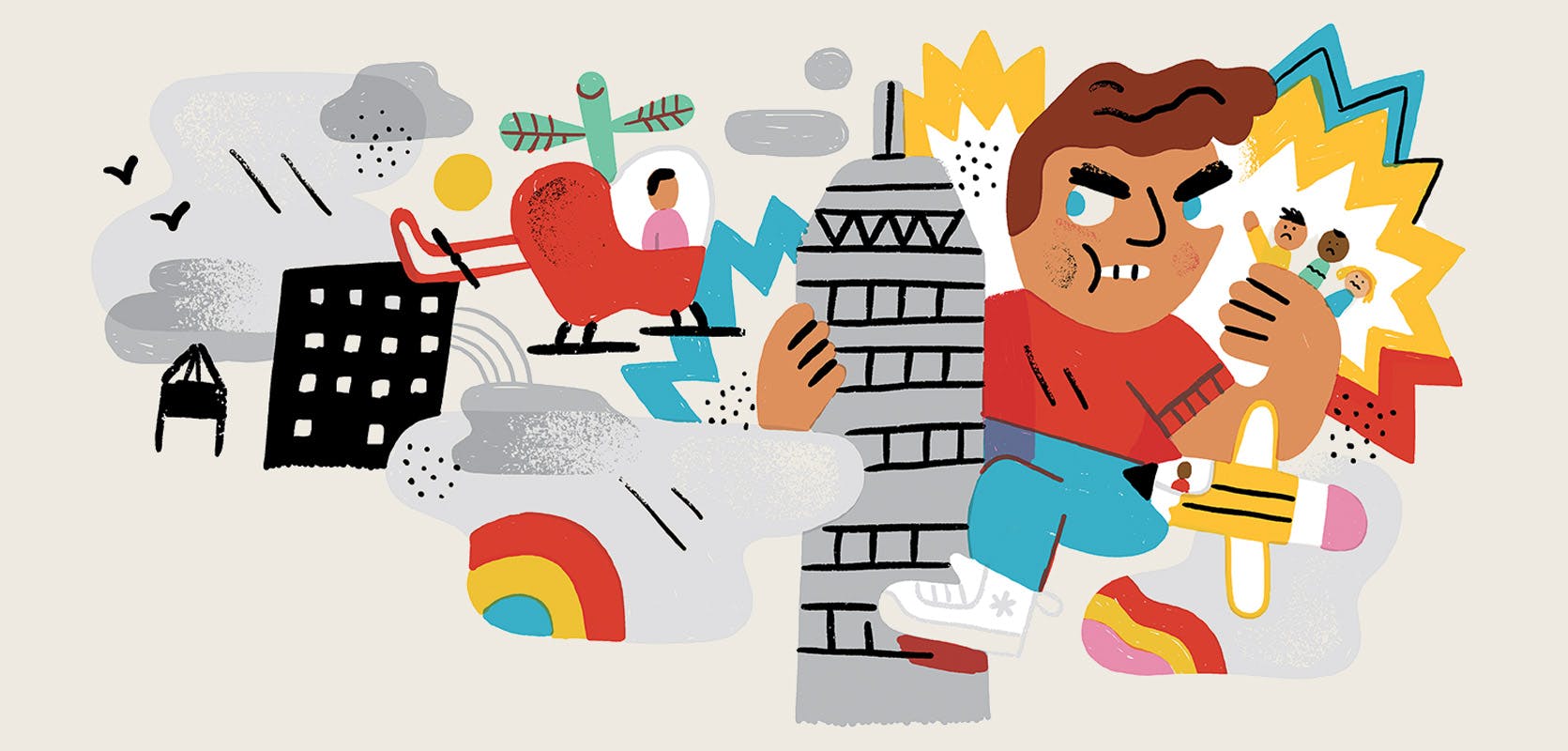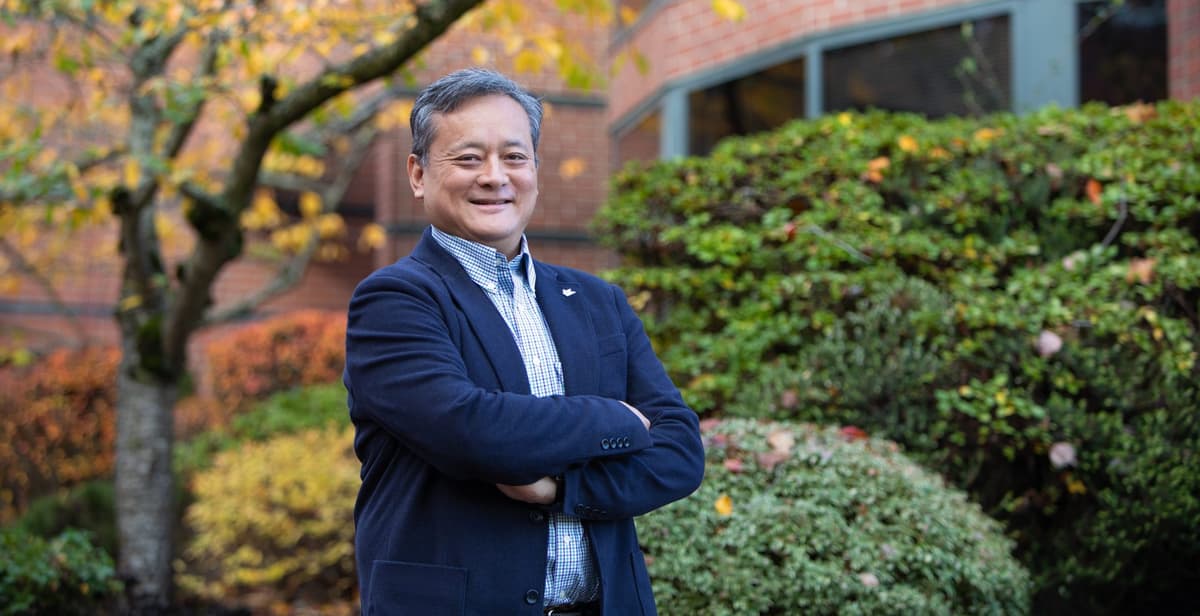Parents, teachers, and bystanders can all take actions to help prevent bullying.
Bullying happens both in special education and general education settings across all grade levels. According to the National Center for Education Statistics, more than one in five students ages 12–18 reported being bullied at school in 2013. Additionally, students with disabilities are at higher risk of being bullied.
Bullying may take the form of physical aggression or relational aggression. Physical aggression includes behaviors such as hitting, pinching, kicking, and biting. Relational aggression may include behaviors such as spreading rumors, making threats, cyberbullying, verbal bullying, name calling, vulgar comments, or negative attitudes towards others based on ethnicity, disability, or gender identity (to name a few). I want to offer several suggestions to help parents and educators prevent bullying.
For parents and family members: You may not want to think about your child being bullied or finding out your child is actually the bully. But you can take actions to help prevent bullying. First, be aware of the various forms of bullying. Relational aggression, such as cyberbullying is more likely to go undetected, because the signs are usually not overt. Second, communicate with your children about their day at school, including lunch, P.E., recess, and even the bus ride to and from school. Finally, educate yourself about the signs of bullying victimization, and communicate with teachers and other school staff if you notice those signs. If your children are victims of bullying or have bullied others, your dedicated involvement is key in putting an end to bullying.
For teachers and other school personnel: Collaborating with your colleagues can help prevent bullying. Providing students with concrete experiences such as role-playing and simulations can help them practice situations they might encounter as victims or as bystanders. You can also consider inviting guest speakers who can either speak from a victim’s perspective or from someone who previously bullied others, either in classrooms or in school-wide assemblies. If you witness bullying, respond to the situation immediately before it escalates and causes further harm. You have the responsibility to ensure all students are safe in school.
If bullying is ignored or not taken seriously, serious consequences can occur. Bullied students may experience feelings of being ostracized, depression, and even suicidal thoughts. Bullying may cause some students to miss school, or drop out entirely. It is imperative that bullying is addressed in homes by parents and in schools by educators. Taking an active and collective stance can help with bullying prevention.

Nicole Casillas is assistant professor of special education in SPU’s School of Education.




